The reality of mirrorless photography.
I bought my Sony Nex 6 mirrorless camera about a year ago now, and it’s given me some great service in that time having been my main camera on trips out and holidays, as well as providing a great platform for testing vintage manual focus lenses. Because it is so adaptable I’ve been able to throw just about any lens on it and get some great results.
However, in that time I’ve also discovered a few flaws which I didn’t expect.
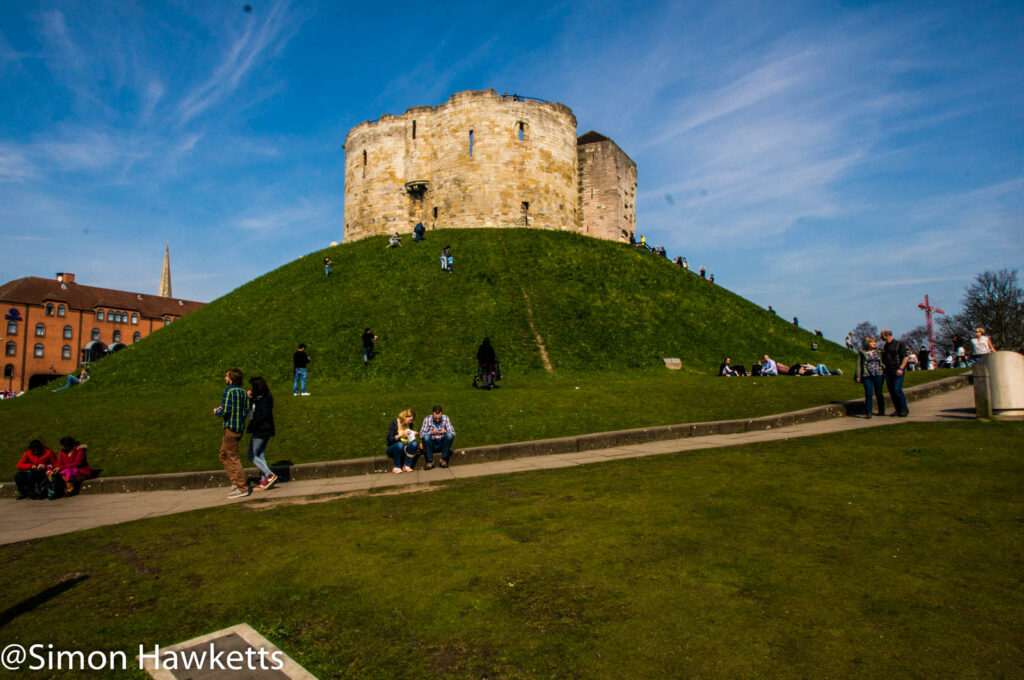
The first one is dust. I’ve used a digital SLR for several years and in that time I have never experienced dust on the sensor, but in the year I’ve used the Sony Nex I’ve had several dust spots which wouldn’t shift with a blower and I’ve had to resort to wet cleaning to remove them.
The most annoying aspect of this is that they invariably happen when I’m away from home and not able to easily deal with them. As an example the picture to the right was taken on a recent trip to York. The sensor was wet cleaned a day before we set out and yet there are 4 definite spots on this picture, including one at the top of the picture which is very pronounced. I put this down to two factors:
- I’m changing lenses more frequently
- The lack of a mirror means the sensor is more exposed to dust when the lens is removed
Now I know that the reason I’m changing lenses more frequently is because I am using predominantly vintage prime lenses with adapters rather than the more modern fashion of using zoom lenses to cover a variety of focal lengths. I could change that by buying some good quality zoom lenses in Sony E mount which would also give me the ‘advantage’ of auto focus, focus tracking, better recorded metadata on my images etc, but the other issue of exposed sensor would still be true and I think that is the main problem.
Every time I change a lens whilst I’m out with the camera I hold the body downwards and try to minimize the time that the lens is off the camera, but because there isn’t the barrier of the mirror protecting the sensor, the dust is still managing to get in. I know I’ve also been guilty of removing the lens whilst the camera is still switched on and in those circumstances I believe the dust is being attracted to the sensor surface.
The other thing which has surprised me a bit is that I’ve ended up carrying more ‘stuff’ around than I used to when my Pentax K5 was my main camera of choice! I think this is again down to the fact that I’m using primes rather than zoom lenses. I know in a lot of circumstances you can stick with one lens and change your position to get the field of view you want, that isn’t always possible so I’m finding I carry a kit consisting of:
- 28mm f/3.5 M42 Takumar (normally on camdiox)
- 55mm f/1.8 M42 Takumar
- 28mm f/2.8 Soligor K mount
- 135mm f/3.5 M42 Takumar
- Tamron 10-24mm f/3.5 K Mount wide angle
- Sony Nex 16-50mm std zoom
- Camdiox focal reducer
With this kit I’m constantly moving adapters between lenses and attaching the lens from the camera whilst I’m trying to juggle different adapters and lenses about. With my Pentax K5, I would probably have carried the 10-24mm and a Sigma 18-125 HSM zoom which are both native K-Mount lenses.
Of course there have been some advantages with the Nex 6 as well. The electronic viewfinder is brilliant at assessing focus using the peaking function and also when to apply exposure compensation. It’s the one feature of the nex that I which I could transport to my Pentax K5.
So all this has left me a bit perplexed as to the way forward. My intention was to upgrade at some point to a Sony A7 Full Frame camera, but now I’m not sure. I briefly thought about the Sony SLT range which has a mirror and an electronic viewfinder, but after a bit of thought I realised that dust on the mirror of an SLT would be worse than on the NEX sensor, since it would affect the picture and be much harder to clean off. Another possibility is to use the prime lenses I like on the K5, but this then means a heavier and bigger kit without the advantage of focus peaking.
It may be that I simply go back to taking my Pentax K5 with the Tamron wide angle and Sigma 18-125 and use the nex 6 for occasions when I know there is going to be low light and want to use the Takumar f/1.8 with the Camdiox focal reducer. At some point I’d like to upgrade to a full frame camera, which may mean a move to Canon or Nikon – or perhaps the news of Pentax producing a Full Frame camera means I just stick with my K5 for the moment.

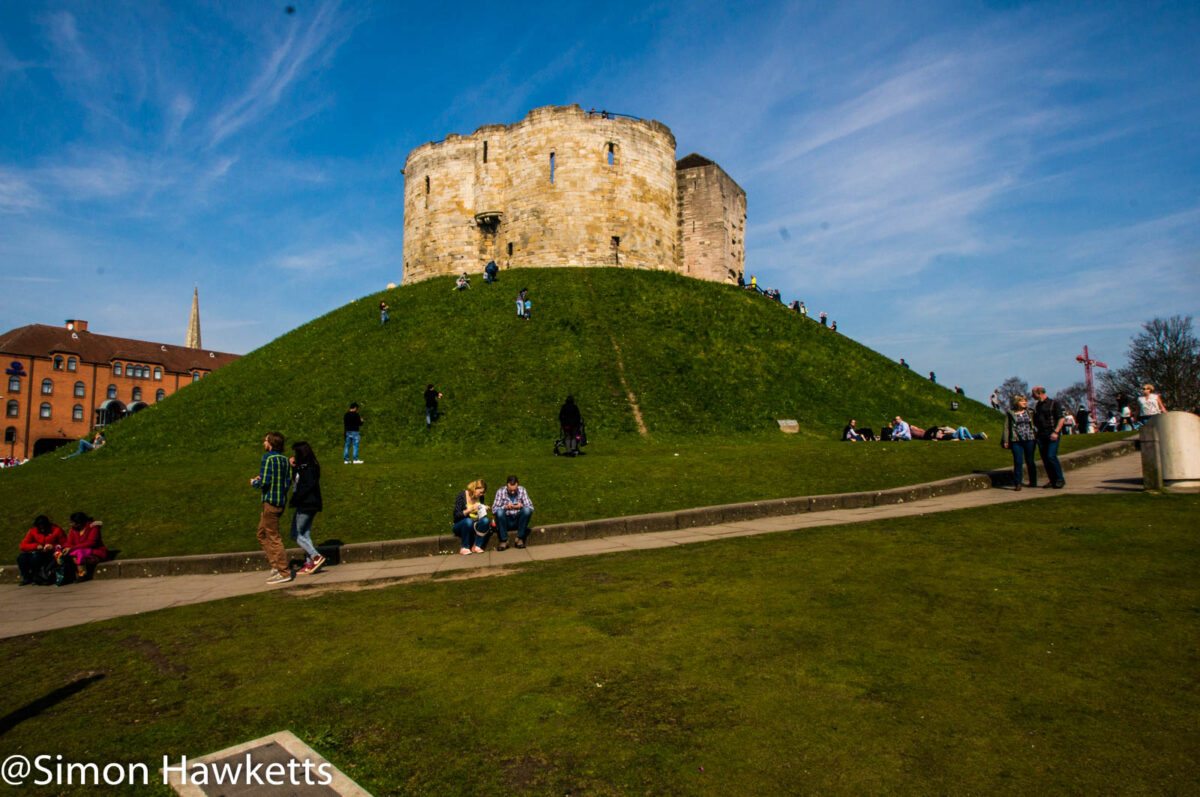
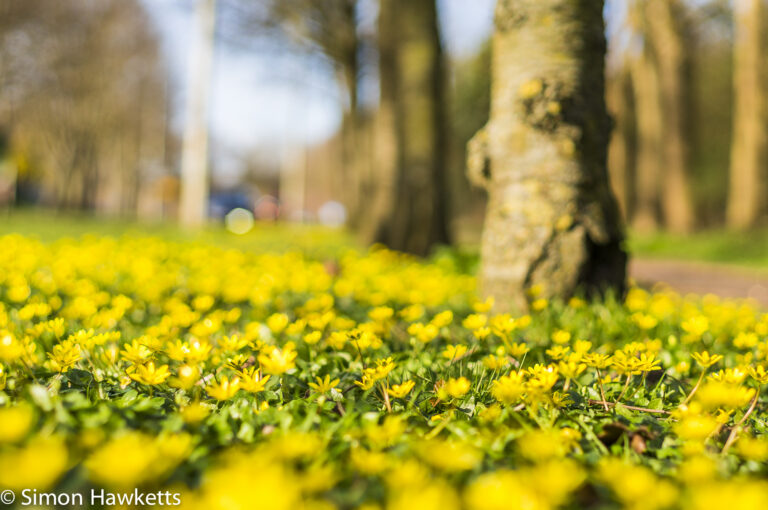

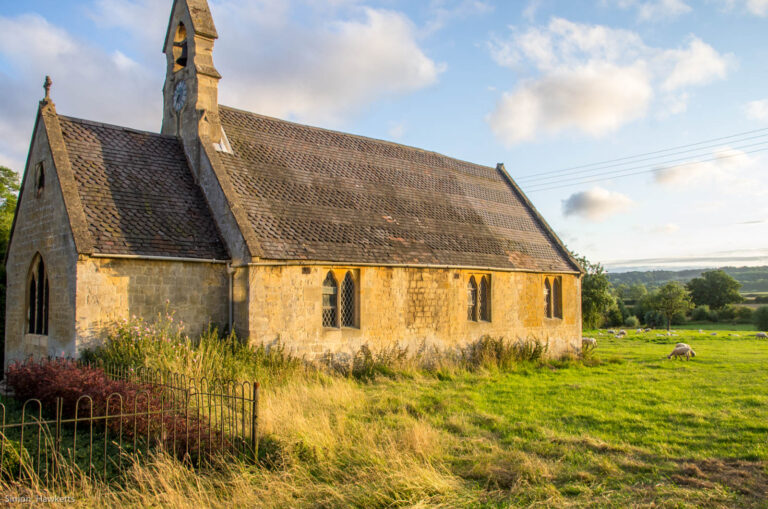
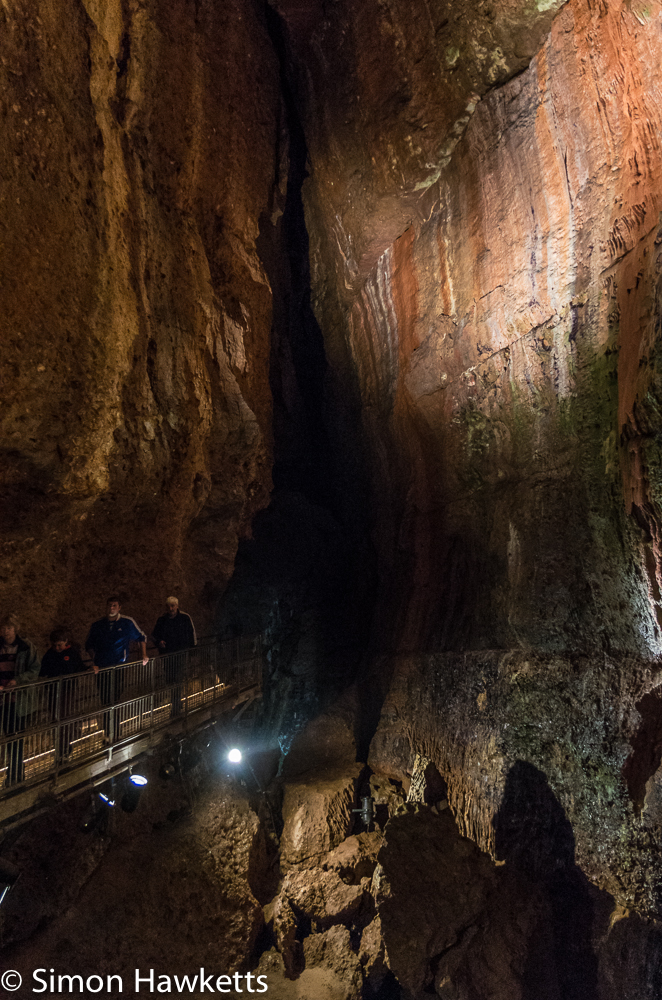
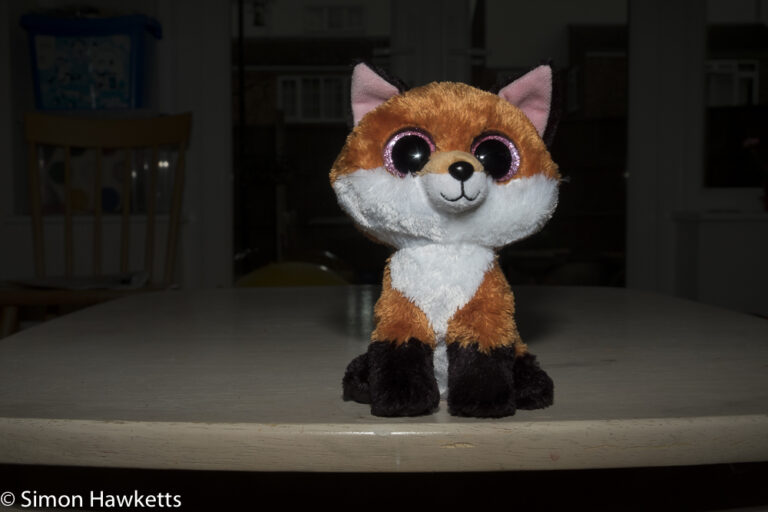
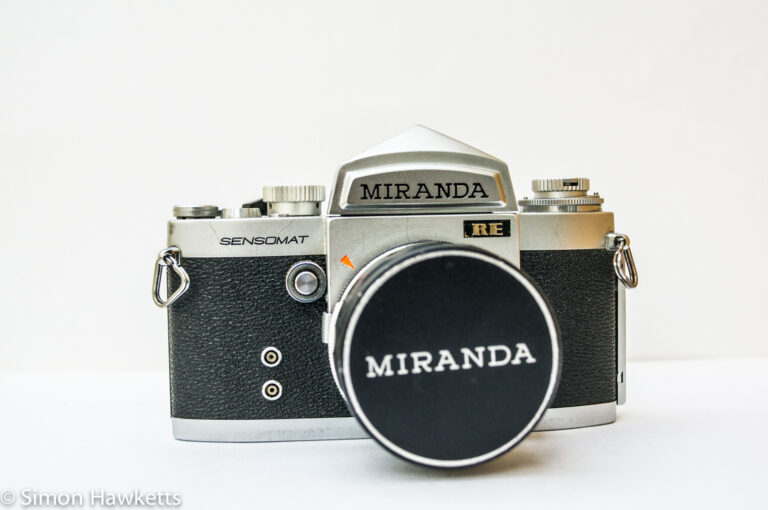
interesting post Simon, I moved from a canon 5d to the A7r last year and I have been loving the fact that you can use vintage lenses with it, for me it has been easy to adjust, i take out my favorite lenses when i know where im going, even my full set of lenses doesnt weigh as much as a few canon zoom lenses and body so I love the weight loss
Dust can be a problem although with regular investigation (i bought a cheap sensor scope magnifier and that helps alot). I dont get too much of a problem with it (and i shoot and change lenses in some really dusty places) dust spots are slightly less noticable on FF as well
That’s interesting, thanks Darren
Hi Simon. This is a classic case of Modern Technology that has actually created an issue that is very,very unwanted and especially with a camera.
Mirror-less cameras were quickly becoming the next level of MUST HAVE and I am sure that many are now seriously regretting having parted with otherwise perfectly good DSLR’s and SLR’s in the race for the latest BIG TICKET pose possession.
I almost did this with my original – bought from new Yashica 230AF with lenses when digital raised the bar.
I eventually but many years later went down the Fuji FinePix road but kept all of my original Yashica 230AF equipment.
I will never ever go Mirror-less until the problems are ironed out on people with more money than restraint.
I completely agree with the issue of changing lenses and dust, but I guess that’s more personal preference than an issue with mirrorless cameras per se. Same with the lens choices. I guess you don’t need to carry that many primes in the bag. It’s just choice. So, I think these are flaws purely related to how one uses the camera. I’d say many people just stick with the kit zoom and don’t even take it off.
Mirrorless offering are generally expensive, which is a pity, but I can’t see it as an inherent flaw in the mirrorless format itself. I have mirrorless and DSLR, and they each have their own strengths. For my part, I’d happily sell off my digital Nikon gear and just go completely mirrorless. The issues raised here just aren’t issues for me.
Since I wrote that post I’ve been looking at a few modern DSLR options from Nikon and Canon, specifically the D7200, the 7D mk 2 and the D610 and I’ve been quite wowed by the feature set etc. But then I think to myself, ‘Do I really want to carry all that weight round again?’ and I think the answer is no.
You are right Steve, it is really about the choices I make and it isn’t the fault of the camera as such. I think I probably need to be more disciplined about fitting the caps on the back of lenses, and also make sure I pack a blower and sensor cleaning kit in the bag when we go on holiday. A quick 10 minutes at the end of every trip cleaning up the camera would probably be a good habit to get into. Of course, one of the advantages of mirrorless which I didn’t mention is the ease with which a wet clean can be carried out compared to a DSLR.
If I want to use a DSLR I still have my Pentax K5 so I think on reflection the only part of my original post I would review is the last paragraph. I suspect my upgrade path is still the A7 or possibly the A7 Mk 2 when the prices drop a bit.
I have a Nikon D7100 with a selection of lens options, but I find my Olympus Pen mirrorless more fun. It’s small and I can use just about any lens I want on it with an adapter. That said, the D7100 is a great camera, but it’s also bulky and the register distance means that I just can’t use old lenses on it with ease. If I had my time again, I would not invest in Nikon to be honest. I’d much rather go all mirrorless, and I’d also look at the Sony A7 options. The only issue have with Sony is that they seem to change their lens mounts every few years! There isn’t a history of tech stability there.
Same here. Good old Pentax (K10D & K-r) with tons of lenses (usually I only carry a couple when hiking). An a very small Pen with 3 native lenses and adapters to fit about anything else I have (Canon FD, Olympus OM, Pentax K and M42). If I had to carry all lenses that fit on this small Pen the body would be about 1% of the total 🙂
Now this is not the latest and greatest technology… but after considering upgrades to either a K-3 or K-S2, or one of the latest OMDs, I came to the conclusion that I don’t need any of that. The K10D is bulky and heavy, but I love the buttons and dials. The K-r is superior in performance and lighter, and takes the same lenses. Just have to go through menus to change some settings. The Pen is for when I want to travel light. And I have a nice compact XZ-10 for the shirt pocket when I’m not feeling like bringing a “real” camera. So if anything, I already have too many nice cameras and lenses, and too few good photographs in my library in comparison, a new body won’t solve that problem I think 🙂
Well said :). I used to have a Pentax K-r but I used in in part exchange for my K5 along with a Pentax K200D and an olympus E-PL1. I’ve regretted that almost as soon as I left the shop – not that I regret getting the K5, just that I regret loosing the other cameras. The k-r was the first camera I has which would take good pictures in low light.
[…] obvious to do this rather that leaving the sensor open to the world. I know I’ve had lots of dust issues with my Sony Nex and I’m sure that would be reduced with a similar arrangement. There is also an option to […]
Hi Simon, Thank you for all your postings. I was particularly interested in your observations of the Camdiox focal reducer. Being an occasional photographer (primarily a musician) I just have a cheap secondhand Sony Nex 5N camera body which I bought funnily enough in Stevenage (I live in Welwyn Garden) and have a selection of old vintage Zuiko lenses bought off Ebay which I really like. Some results of this combination can be found on: http://veryanweston.weebly.com/baja.html ….as well as other pages on the same website….(mostly image headings) However, I realise from both experience and from articles I have read that the 28mm lens is severely compromised width wise with the just the straight barrel converter, so getting a cheap but effective well made focal reducer might really help. I think you have successfully persuaded me to buy a Camdiox and a cheap converter ring from OM – EOS. Best for now – Veryan (if you would like to reply to this with any advice, my email address is v_weston (at) hotmail. com
Thanks for the comment Veryan I hope you get on with your focal reducer if you get one. I’ve certainly found mine to be very worthwhile.
I’m still very undecided as to choosing which focal reducer though. Definitely NOT the Metabones….just can’t afford that. But after watching an almost promotional YouTube vid (https://www.youtube.com/watch?v=ry0nuJrXhpg) on an RJ lens Turbo (which I think is what the Camdiox is) I was actually a bit put off….there was definitely much less edge definition using this focal reducer. I would like to see a comparison review on Camdiox v Zhongyi II (upgraded version), which, although a bit more expensive might well give better image quality. Still working things out. I suppose if you are going to put other bits of glass between your lens and your sensor those bits of glass have got to be at least as good in quality and precision as the lens….otherwise surely you begin to reduce the quality of your lens.
I know this post is a few years old and I believe you’ve since gone with Fuji mirorrless options rather than Sony but it’s interesting to read of your experiences and thought processes.
I’ve also used a Sony NEX for about four years now, and found it fantastic for the focus peaking, exposure accuracy, and adaptability.
But having gone through half a dozen lens mounts (and adapters on the NEX) I’ve come back to Pentax – M42 and K mount.
Plus, the Sony, for all its pros, for me has two major shortcomings – the lack of viewfinder and the shape/handling. I just wanted to use a “proper” camera again (coming from using classic 35mm film SLRs), so after a bit of research went with a humble ten year old Pentax K10D. I love the handling and feel, it has all the controls and options I’d ever need without being overly complex to just pick up and use, plus the results I’ve got from M42 Takumars and Pentax M and A series lenses combined with that 10MP CCD sensor have delighted me.
For when I want to travel a bit lighter I ended up discovering a Samsung GX-1S (a clone of the Pentax *ist DS2) which has the predecessor 6MP CCD sensor), and have a Pentax DA 35/2.4 lens which weighs next to nothing. The results from the Samsung I can barely tell from the K10D, aside from the larger physical size of the files.
I’m hardly using the NEX anymore and only really get it out to take photographs of other cameras and lenses.
[…] obvious to do this rather that leaving the sensor open to the world. I know I’ve had lots of dust issues with my Sony Nex and I’m sure that would be reduced with a similar arrangement. There is also an option to […]